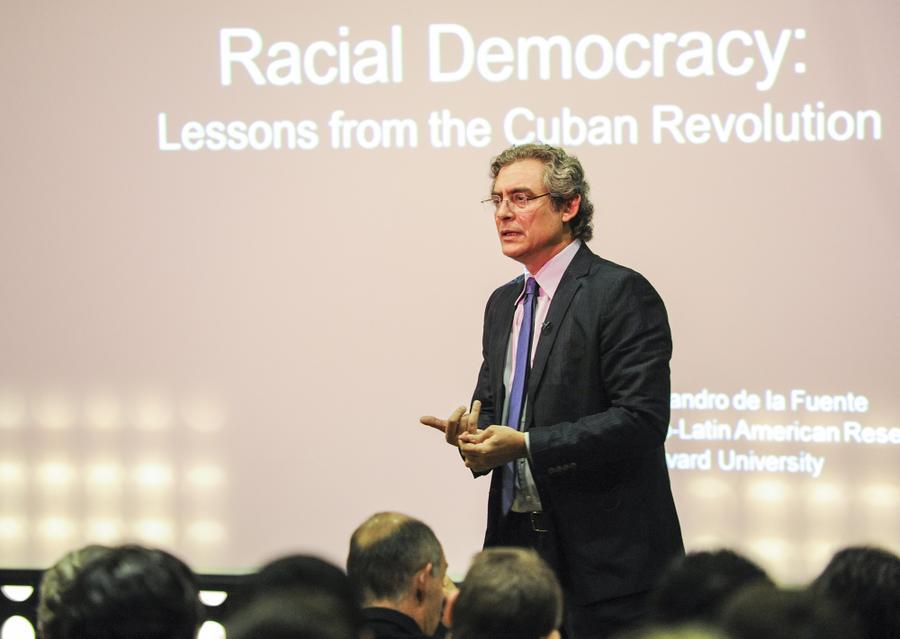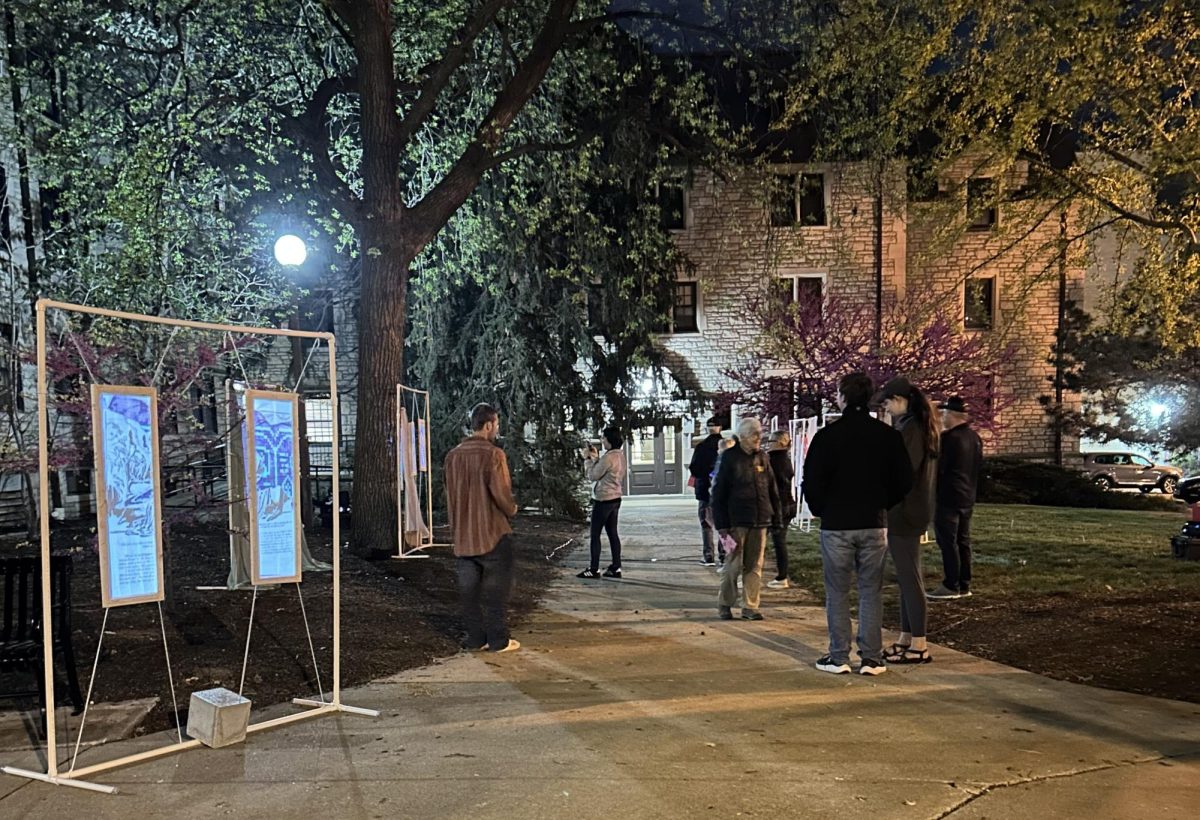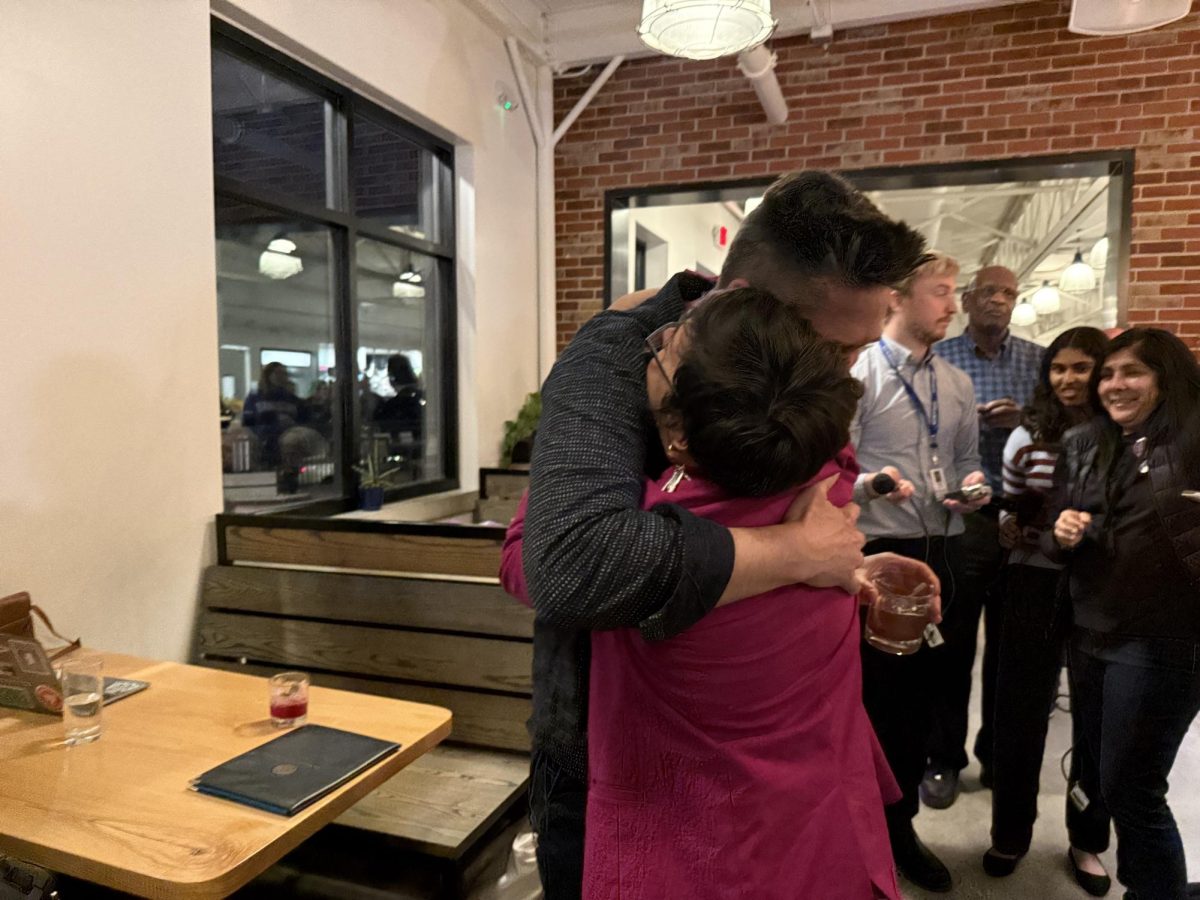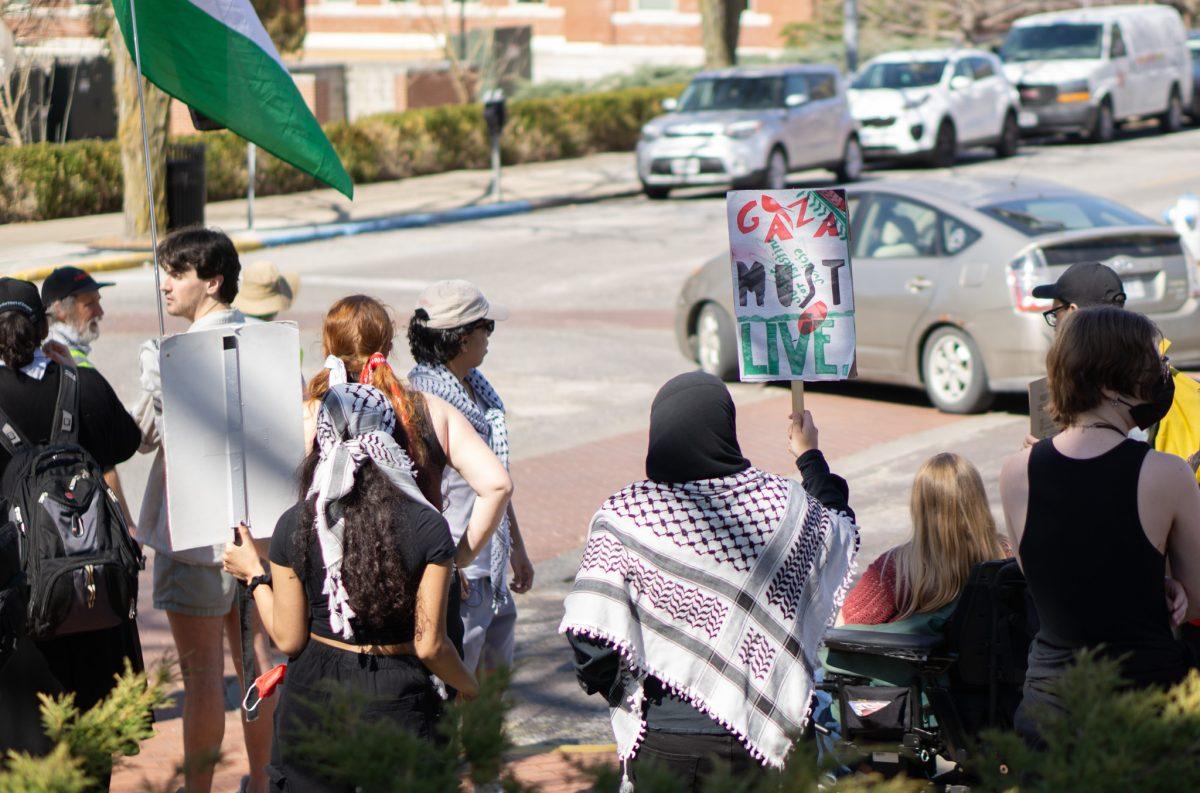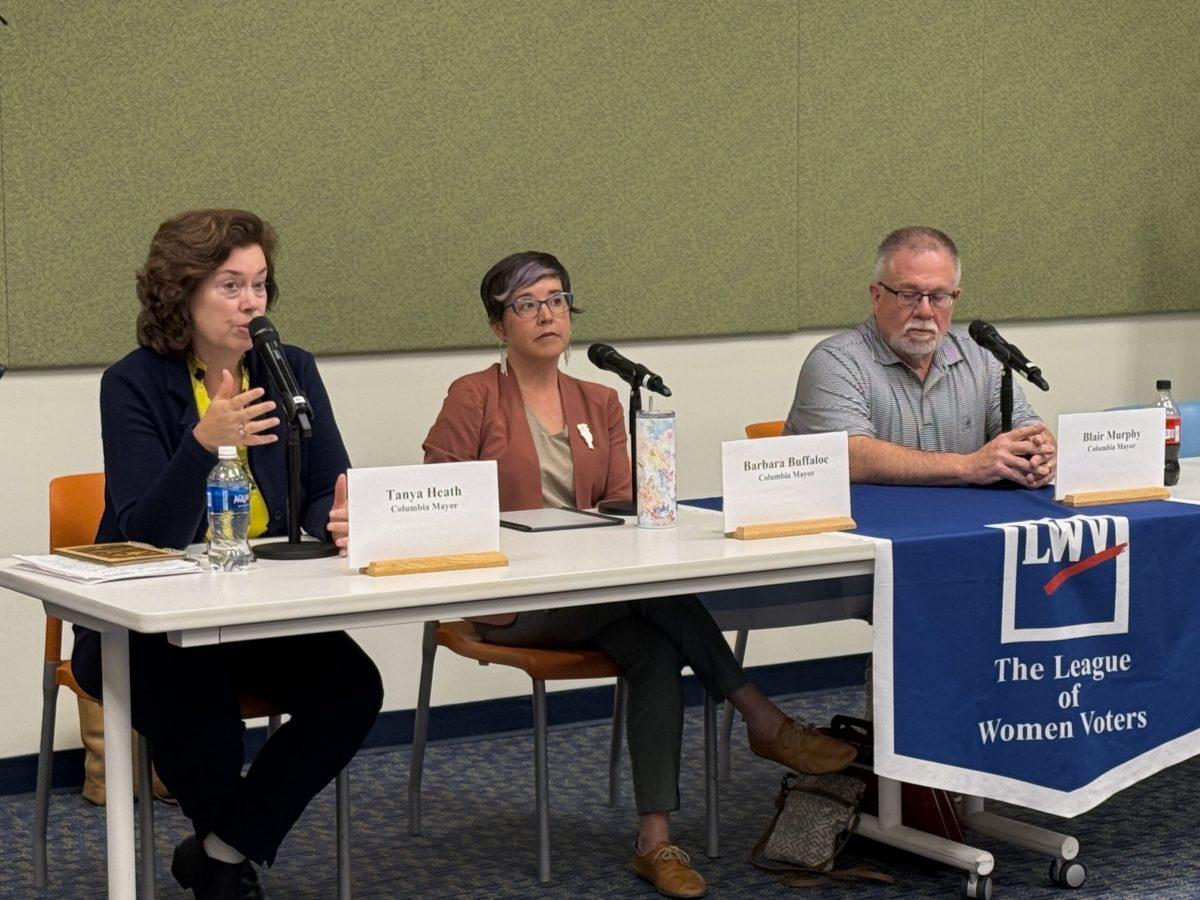Harvard University Professor Alejandro de la Fuente gave a presentation called “Racial Democracy: Lessons from the Cuban Revolution” on Friday evening as part of the Chancellor’s Distinguished Visitors Program.
De la Fuente specializes in comparative slavery and race relations in Latin America and the Caribbean.
Juanamaria Cordones Cook, a professor of Romance Languages at MU, was responsible for bringing de la Fuente to speak for Black History Month.
“I chose him because he is the leading scholar in the history of the African-Cuban experience,” Cordones Cook said. “(I hope people gain) an understanding that the problems of the African diaspora of the U.S. are not unique, and there are a lot of similarities with experience in Latin America.”
De la Fuente’s presentation explored the racial ideologies in Cuba following the Cuban Revolution in 1959.
He explained that Cuba was the best case study to understand the impact of racial ideologies in a democracy.
After the Cuban Revolution in 1959, Cuban politician Fidel Castro called an end to racial discrimination. He wanted Cuba to become the antithesis of the United States in terms of racial discrimination.
During the 1960s, that was not a difficult thing to do, de la Fuente said.
Castro was successful in doing so. De la Fuente said when a man came to Cuba from the U.S., he called it a “social miracle.” In the papers, it said “Cuba has the solution to the race problem.”
People thought, if America can’t do what Cuba did, something is wrong.
The bliss didn’t last long. By the 1990s, the tourist and service sector became mostly white workers. The managers or bosses of these businesses were Cuban, but tended to hire mostly white people because they were more attractive and they thought people had to have the “right appearance” to work in tourism.
Despite this, de la Fuente showed Cuba has come a long way in race relations. Cubans’ life expectancies of white and black people are closer than their counterparts in Brazil and the U.S.
The same trend follows in levels of education and representation in Congress. Cuba has the smallest gap between black representation in Congress compared to its population.
De la Fuente explained that Cuba accomplished these because it were successful in conquering the three main pillars of racism, which are hyper-inequality, the “glass ceiling,” meaning minority groups can only rise to a certain level in society, and a racist culture.
Cuba succeeded in dismantling racial inequality and breaking the “glass ceiling,” because many black Cubans made it into high positions in government. However, Cuba failed in breaking the racist culture.
The people tried to downplay race, de la Fuente said. They, instead of identifying as black or white, said they were all Cubans. If one talked about race, it seemed like they were enemies of the revolution. So, racism was pushed down, even though it was still there.
De la Fuente concluded his presentation offering advice on how to face this problem in the future.
“I believe the only way to deal with racism is you have to deal with the question of equality,” he said. “You have to change people’s heads and changing those so racism is not just a question of resources. It is way more than that.”
MU freshman Sarah Sabatke attended the presentation because of her interest in the new relationship between the U.S. and Cuba.
“The border to Cuba is now open so now that that issue is at the forefront, I thought it would be interesting to see what people think (and) how the past will affect this new relationship,” she said.
De la Fuente said he hopes people remember from his presentation how difficult it is to eliminate racism from a culture.
“This is no easy battle,” he said. “It will take a lot of determination and imagination to achieve that but I do believe it is achievable. That may sound somewhat utopian, but there’s nothing wrong with utopian vision. Racism is a major problem in the world, across the Americas, in Europe and definitely in the US.”

